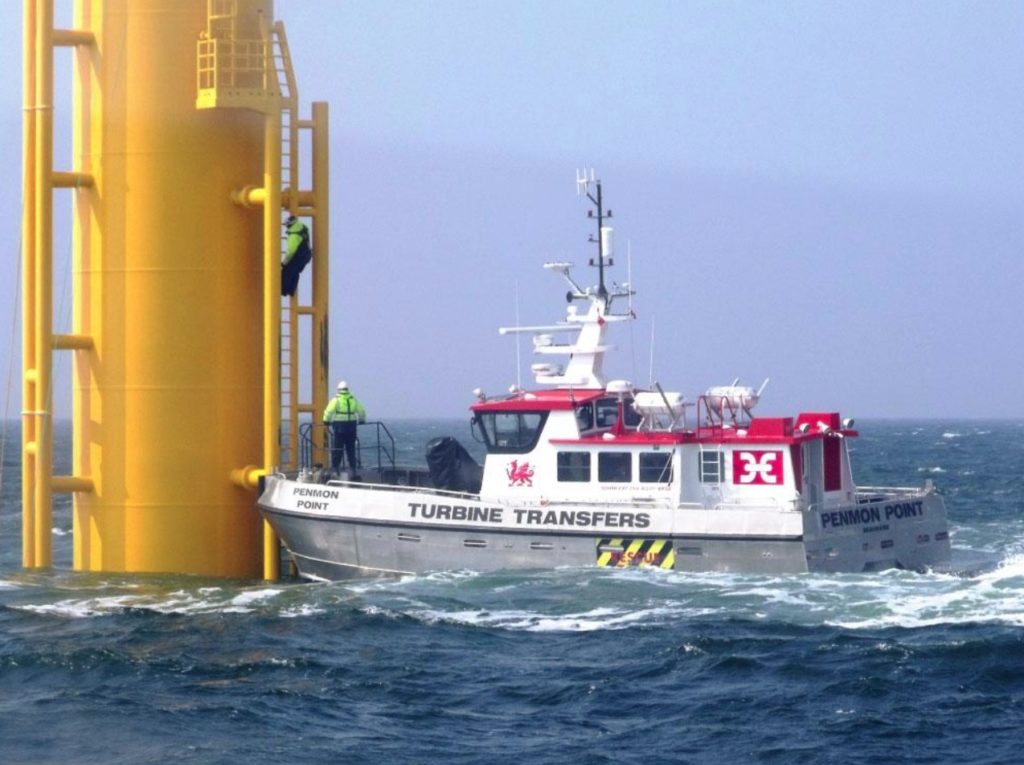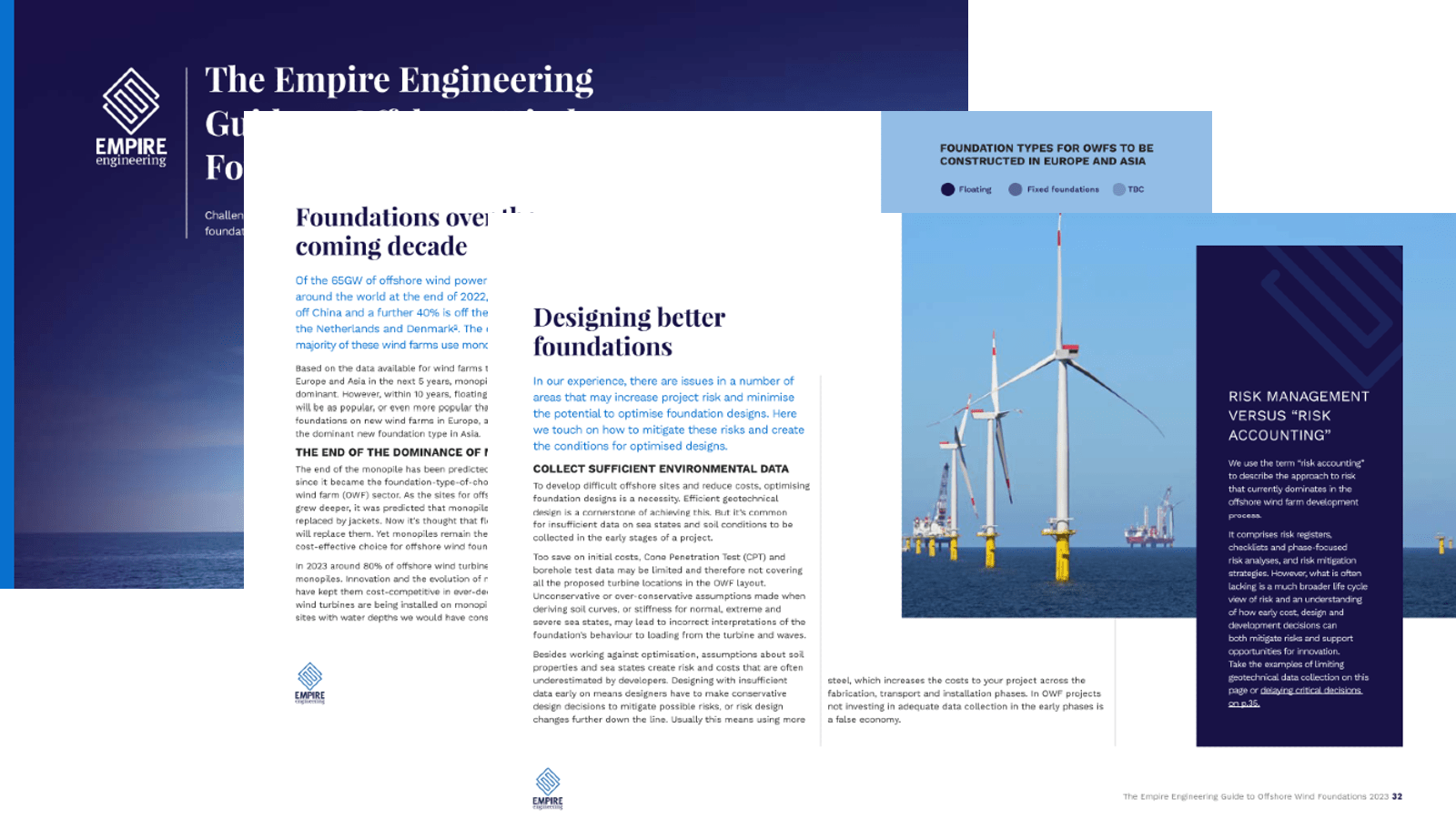Every Offshore wind project is different. Different turbines, different seabed and metocean conditions, different contracting strategies. But they all have one thing in common, uncompromising timelines driven by rigid power purchase agreement requirements. Project developers typically prioritise diligent decision making, particularly around key aspects like turbine selection, foundation type and EPCI contractor. This is understandable, no one wants to make a mistake with hundred million-euro contracts. However, in our experience, the risk to project schedule is often not properly considered in the process. For example, during turbine selection, a lengthy negotiation process is typically entered into with various turbine suppliers. These processes always take longer than first planned, and delays in confirming the turbine make/model/size are often accepted as its essential to get the best contract in place. What is often forgotten, is that without a confirmed turbine, a full geotechnical campaign cannot go ahead, as the turbine selection impacts the windfarm layout and therefore the borehole/CPT locations. Throw into the mix that your Geotech campaign can only be performed in certain seasons, and a few months delay in turbine selection can quickly delay your programme by 12 months. On the other side, hesitancy confirming the foundation concept or installation strategy can be equally damaging. In challenging seabed conditions, we often see indecision around the installation strategies of driving, drilling and grouting or drive-drill-drive. Projects looking to optimise the trade-off between Monopile and Jacket foundations face similar challenges. These can be tough commercial and technical decision to make, but the risks of delaying these decisions should not be underestimated. We advocate having a well-defined plan of when key project decisions need to be taken. To maintain the project timeline, you should expect to be making some decisions based upon incomplete information. It can be an uncomfortable position to be in, but the delays required to make the ‘perfect decision’ will often create a much greater risk to the overall project than a decision made without all the information you might like to have.
In short, be brave.
Assess the technical information available at that point in time and make the decision when it needs to be taken. Record the risks in your risk register and apply your mitigations off the critical path. In our experience this is the most effective way of managing your overall project risk and ensuring the project is delivered on time. Empire Engineering are offshore wind foundations specialists. If you would like to assistance with key decision making or keeping your offshore wind project on schedule, please get in touch.
#OffshoreWind #DecisionMaking #RiskMitigation #BeBrave #OffshoreWindFoundations #EmpireEngineering
Talk with a specialist
We've been a part of some of the worlds most exciting and
complicated projects in offshore wind.
If you need more eyes, brains and hands, we're ready to help.





